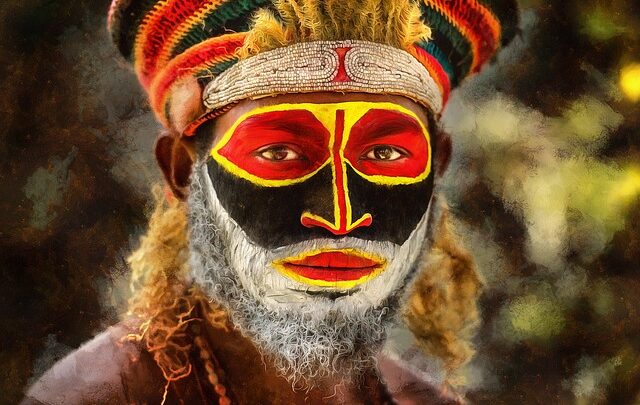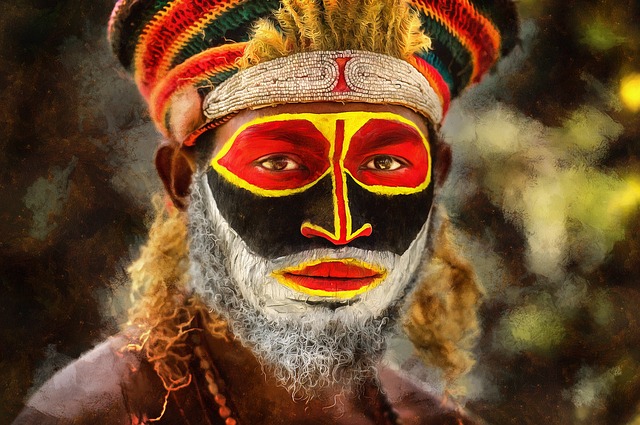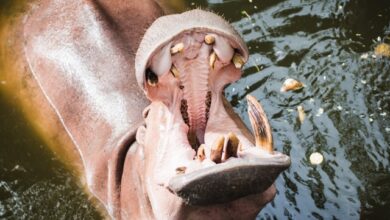The Art of Body Painting: Traditional African Face Painting & Body Painting

Traditional African face painting & body painting is a vivid craftsmanship utilized by different African societies to celebrate, secure, and grieve.
The paint used is gotten from natural ingredients and smoothed on the skin with fingers, sticks, or grasses.
Uses and Significance of Traditional African face painting & body painting

Traditional African face painting & body painting is utilized for the majority various reasons and can connote a wide range of things like religious, sporting, customary or military purposes.
Generally, Oil, clay, and chalk are the most well-known paint components/ingredients, yet the Dinka of southern Sudan use ash, cow dung, and pee to make their face paint.
Different color is used to show specific periods in an individual’s life, like puberty, dating, and marriage.
It likewise works as friendly marker, differenciates young boys from men and men from more elderly men or outcasts of the tribe.
The face paint is made from dirt in various colors. Each colour and every symbol has a specific meaning.
Black implies power, evil, death and secret. While grey demonstrates security, authority and strength.
Purple ordinarily implies sovereignty and extravagance while yellow is utilized for celebrations, energy and warmth.
Red represents risk and blue means harmony, tranquility and certainty.
It is likewise fascinating to know that the Art of body painting differs depending on the person’s position in the community.
The higher your position is, the more intricate your body face will be.
The Art of Body Painting: Traditional African Face Painting in South Africa

Face painting also known as umchokozo, plays a major part in Xhosa culture. Women design their faces with white or yellow ochre.
The Xhosa people likewise use face paint as a transitional experience.
Young men entering immaturity go through a custom in which they’re isolated from the tribe and embrace the mentorship of older men.
When the training and ritual is finished, they’re painted red.
The Art of Body Painting and Traditional African Face Painting Maasai people in Kenya
The Masaai design their bodies with beads and other jewelries like the plugs earings they wear.
Young men who are going through the custom of initiation into manhood wear hats made from lions’ manes or bird feathers.
During the initiation, ladies shave off the men’s hair and paint their heads with red paint.
Also Read: The Maasai Tribe in Kenya’ History, Culture and Clothings
Wodaabe Face Painting
The Wodaabe’s are known for their beauty pageants event where men paint their faces to woo a woman.
Men paint their noses with white dirt and line their eyes with dark eyeliner made from egret bones.
They paint their faces with red, yellow and high contrast colours.
The victors of these challenges become legends of their clans, are remembered for generations, and have the choice of picking any woman for themselves.
Nuba People of Sudan
The Nuba boys in Sudan are painted all around their bodies to show their age status.
Witch Doctors

Witch specialists in Africa paint their face and arms in generally white varieties in a bid to see and speak with the spirit.
Berber ladies in Northern Africa
Berber ladies in Northern Africa paint their hands and feet with mind boggling henna designs called Siyala for their weddings.
In Algeria’s Aurès mountains, it used to be a custom for Berber ladies to tattoo their bodies and faces.
The shapes and images they utilized were both of corrective and helpful.
The Berber people group in eastern Algeria accepted that tattoos could be utilized to mend diseases and fruitlessness.
The Faces of Ethiopia’s Karo People
The Karo clan living along the lines of the Lower Omo River utilize fancy body design and body scarification to communicate importancein theri tribe.
The Karo public separate themselves from other tribes by succeeding explicitly in body and face painting.
They paint themselves every day with hued ochre, white chalk, yellow mineral stone, charcoal, and crushed iron metal, all regular resources neighborhood to the area.
Designs drawn on their bodies can change everyday.
Both the Karo and the Hamar men use mud to develop elaborate haircuts and hats for themselves, implying status, magnificence, and bravery.
Body scarification conveys either critical imagery or tasteful magnificence, contingent on the sex of the person.





